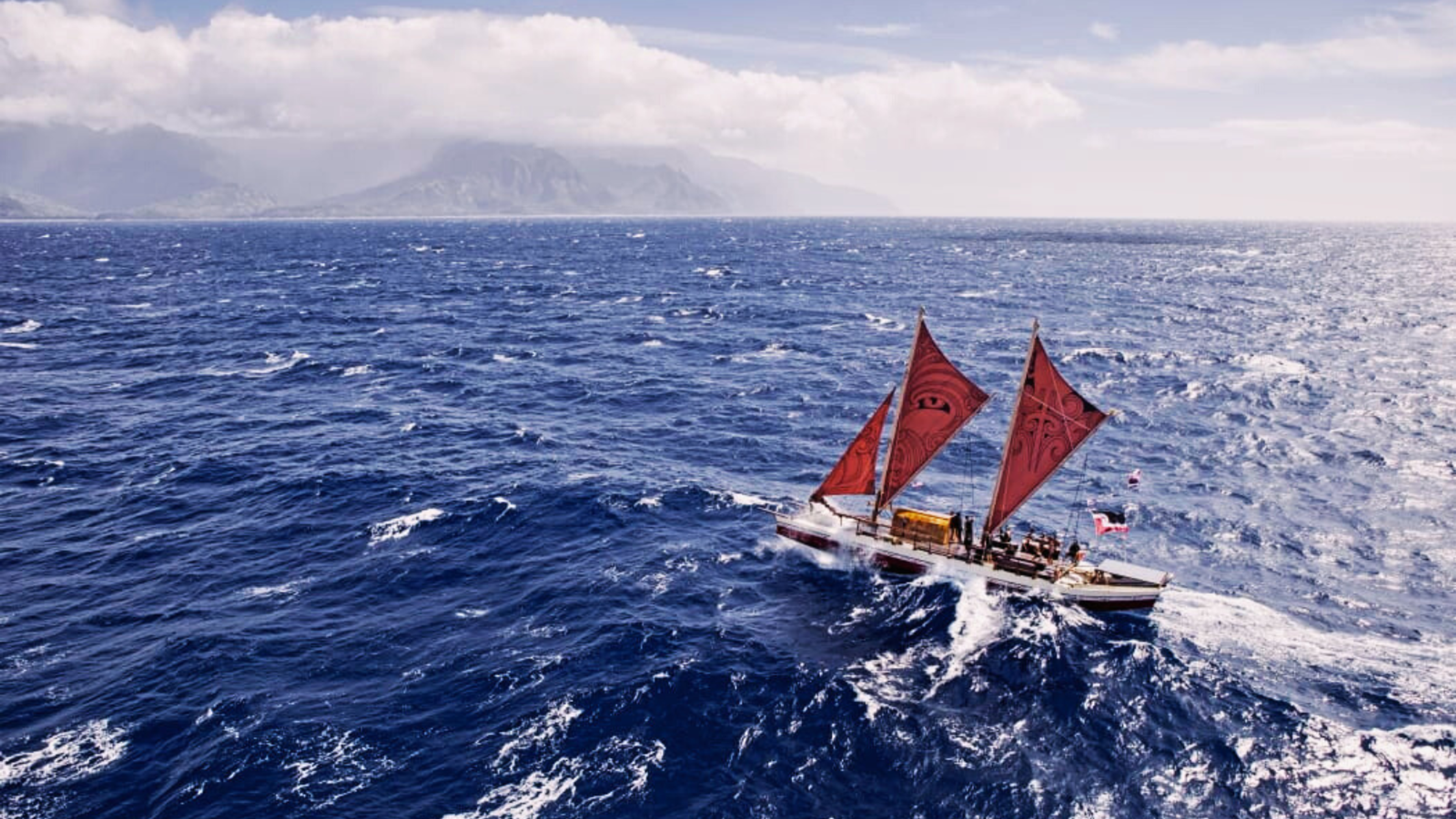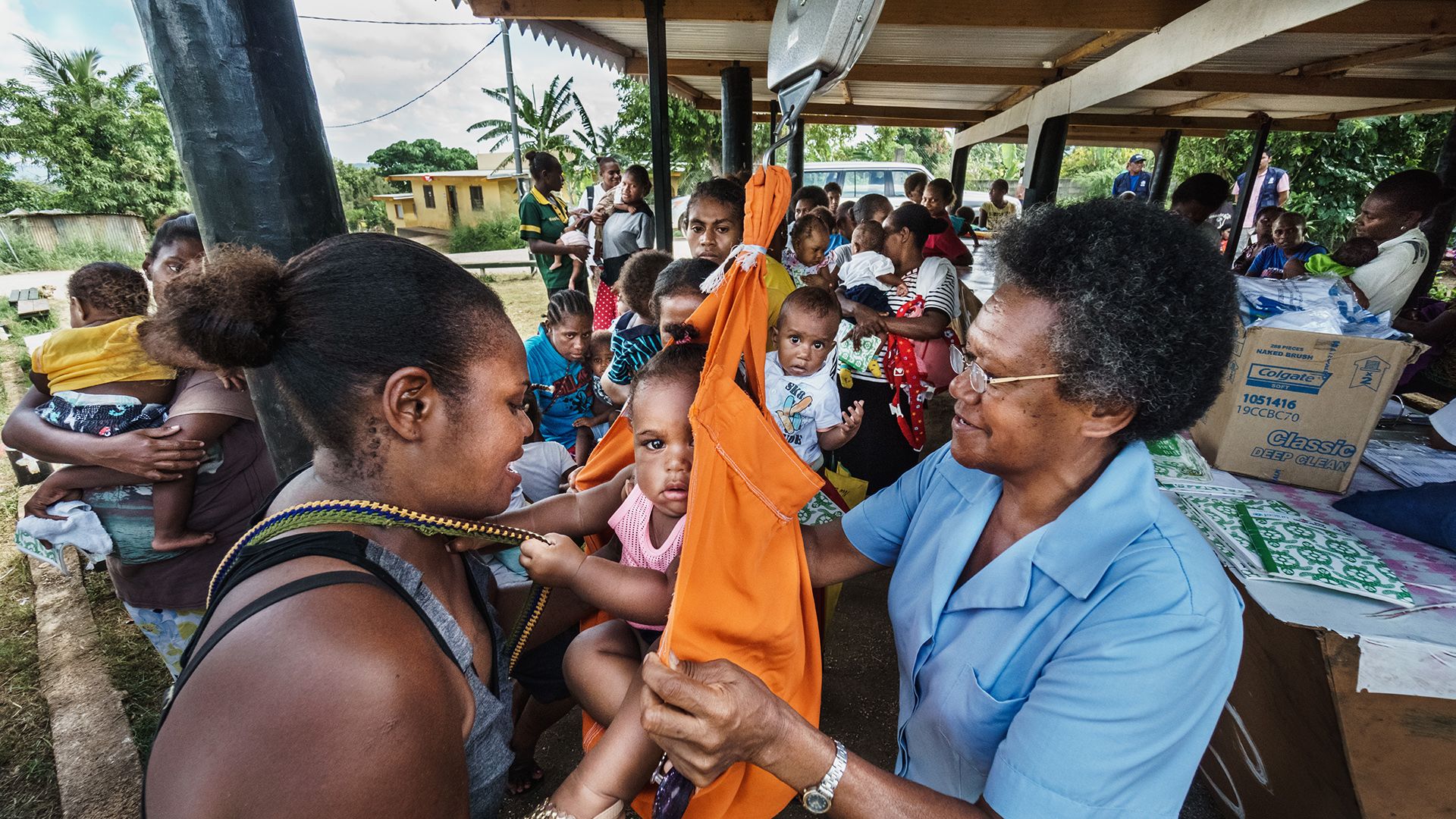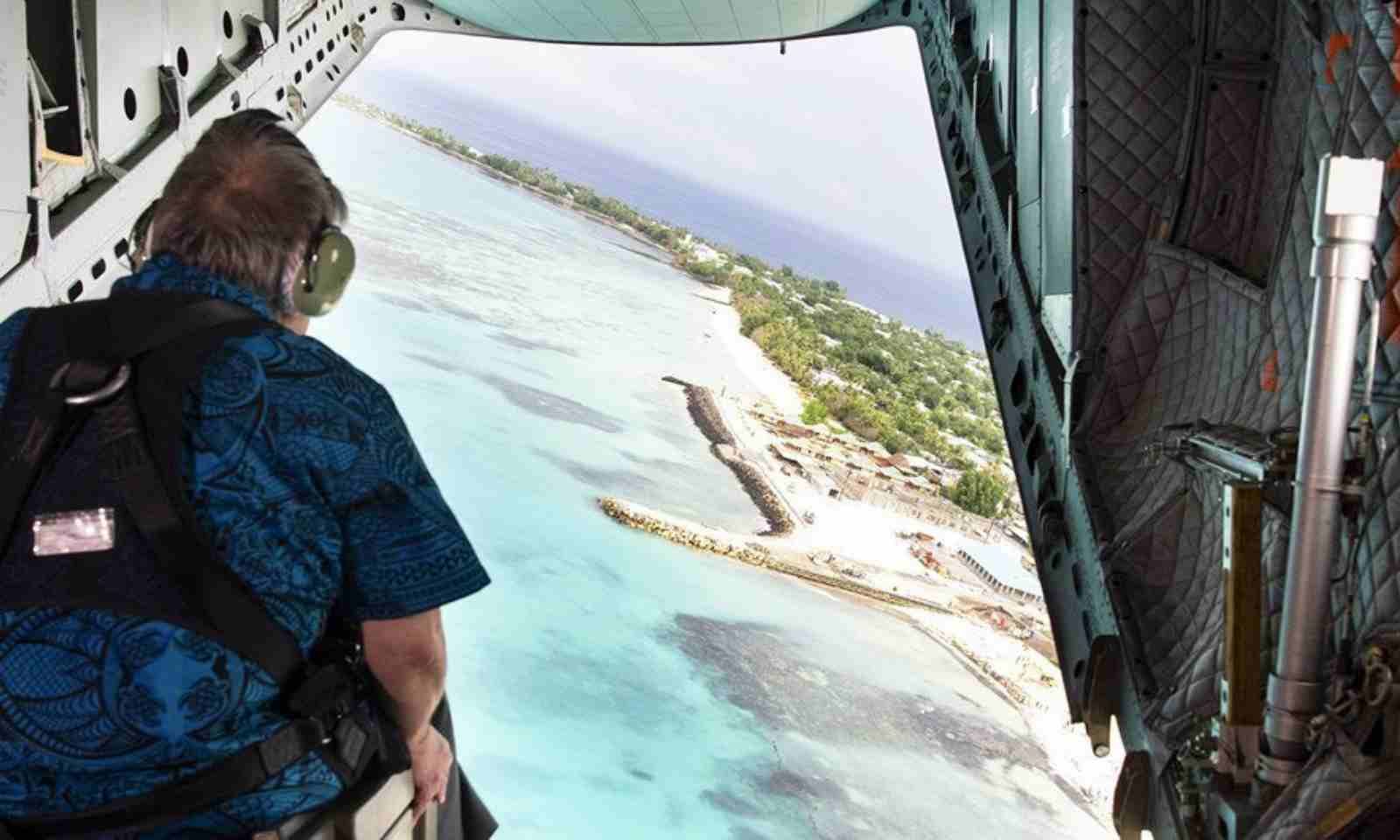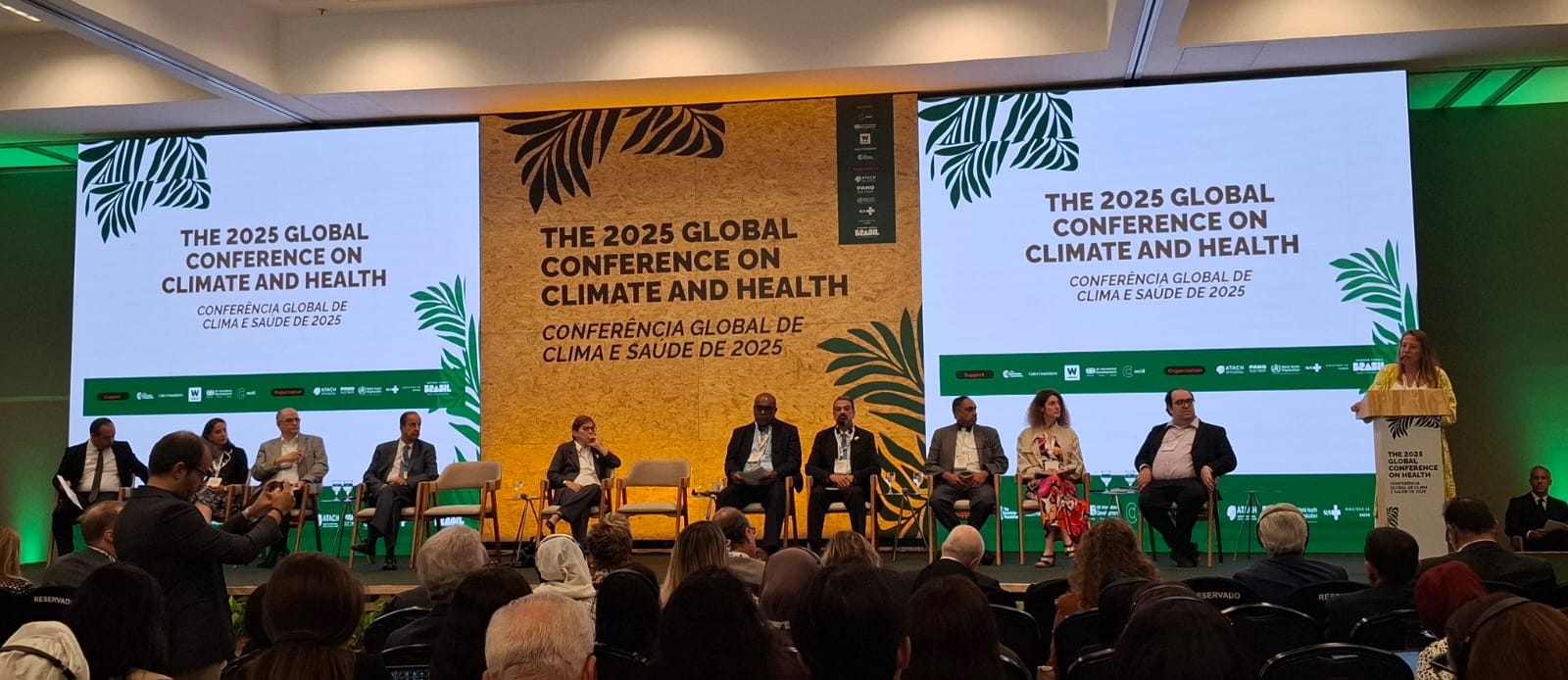

WHO Regional Director for the Western Pacific, Dr Saia Ma’u Piukala, says climate change is no longer a distant threat.
Photo/WHO/Yoshi Shimizu
WHO launches first climate-health strategy in Fiji to protect lives and secure the future
The new blueprint calls for urgent cooperation to build climate-resilient health systems, protect vulnerable communities, and safeguard the future of the world’s most climate-sensitive region.



New Pacific toolkit brings ancestral knowledge into Aotearoa classrooms




New Pacific toolkit brings ancestral knowledge into Aotearoa classrooms

The World Health Organization (WHO) has launched its first-ever regional strategy for climate and health action.
The landmark plan was unveiled this week during a major health summit in Fiji, one of the Pacific island nations most acutely threatened by climate change.
Health ministers and delegates from 38 countries across Asia and the Pacific are gathering in Nadi for the 76th Session of the WHO Regional Committee for the Western Pacific, where the 2025-2030 Strategic Plan for the WHO Asia-Pacific Centre for Environment and Health (ACE) was formally adopted.
The plan targets the mounting health threats posed by a rapidly changing climate, from extreme heat and rising sea levels to air pollution and food insecurity, in a region that is home to over 2.2 billion people and includes many of the world’s most climate-vulnerable nations.
Dr Saia Ma’u Piukala, WHO Regional Director for the Western Pacific, says climate change is no longer a distant threat, "it is a health emergency unfolding in real time".
“Our new strategy is an urgent call to action to protect our people and our planet, ensuring a healthier, fairer and more sustainable future for all.”
Pacific Rising: A region at the crossroads
The strategy’s unveiling in Fiji, a country already struggling with rising seas, more intense cyclones, and climate-driven health challenges, was symbolic, emphasising the Pacific’s frontline status in the global climate crisis.
Dr Sandro Demaio, Director of the ACE Centre, based in Seoul, South Korea, says, “Fiji, a Pacific island nation, provides the perfect backdrop to launch our strategy.
“What happens in the Western Pacific will shape the health of generations to come.”

The WHO strategy targets the mounting health threats in the Pacific region. Photo/WHO/File
The WHO strategy outlines three pillars for action over the next five years:
Climate-resilient and sustainable health systems - to help countries adapt to climate shocks while reducing emissions from healthcare.
Healthy urban and island systems - promoting cleaner air, safer water, and greener, more livable cities and communities.
Sustainable food systems - transforming agriculture and diets to improve nutrition and cut climate pollution.

Aerial view of the shorelines nearing the main road in Tuvalu, a global warming and climate change effect. Photo/Supplied
A region already paying the price
The data is simple: Across the Western Pacific Region, 3.5 million people die each year from preventable environmental causes, including unsafe water, extreme heat, and polluted air.
Outdoor air pollution alone claims one life every 14 seconds - a deadly reminder that the intersection of climate and health is not theoretical, but a lived reality for millions.
“This strategy harnesses the Region’s extraordinary diversity, innovation and leadership to turn ambition into action,” Demaio says.
The WHO estimates that globally, climate change could cause an additional 250,000 deaths annually between 2030 and 2050 from causes such as heat stress, malnutrition, and infectious diseases - with the Asia-Pacific region bearing a significant portion of that burden.

Photo/Ministry of Health & Medical Services, Fiji
A call for regional cooperation
The WHO strategy emphasises the need for stronger partnerships between governments, research institutions, and local communities.
Pacific leaders have long advocated for deeper cooperation and greater recognition of their unique vulnerabilities - not just as victims of climate change, but as innovators in adaptation and resilience.
As part of the new strategy, WHO’s Asia-Pacific Centre for Environment and Health will work closely with countries to implement tailored solutions, from greening healthcare systems to designing climate-smart cities and safeguarding food supplies.
The Pacific has long sounded the alarm on the climate crisis. Now, with the backing of the world’s top health authority and a clear plan in hand, the region is positioning itself not just as a warning bell, but as a beacon of leadership.
“We cannot talk about climate without talking about health and we cannot wait,” Piukala says. “The time for action is now.”
What the strategy means for Pacific countries
Fiji, Tuvalu, Kiribati, and other island nations will benefit from tools to make healthcare systems cyclone- and heatwave-resilient.
Urban centres like Manila and Suva will receive support to combat air pollution and heat stress.
Rural and agricultural communities will see initiatives to improve nutrition while adapting food production to droughts and floods.
The 76th Session of the WHO Regional Committee for the Western Pacific ends on Friday.